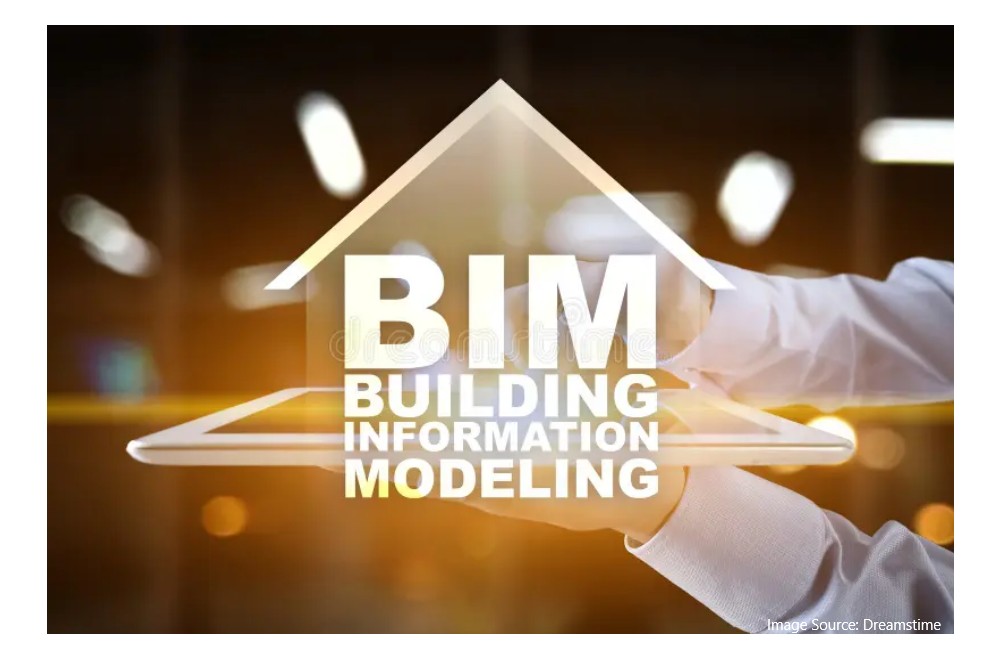
BIM 2.0 Predictions for 2025 : As the construction industry continues to embrace digital transformation, Building Information Modeling (BIM) is evolving into its next phase—BIM 2.0. This new iteration of BIM promises to integrate cutting-edge technologies, enhance collaboration, and streamline workflows even further. But what can we expect from BIM 2.0 in 2025? Here are some key predictions.
Greater Integration of AI and Machine Learning
Artificial intelligence (AI) and machine learning are expected to play a more prominent role in BIM 2.0. These technologies will automate complex tasks such as clash detection, risk assessment, and predictive maintenance. AI-driven design optimization will help architects and engineers generate more efficient models, reducing waste and enhancing sustainability.
Digital Twins Becoming the Norm
The concept of digital twins—highly accurate virtual representations of physical structures—will become mainstream. BIM 2.0 will enable real-time synchronization between digital models and their physical counterparts, allowing project teams to monitor performance, track maintenance needs, and optimize building operations throughout a structure’s lifecycle.
Enhanced Cloud-Based Collaboration
With the increasing need for remote project management and global collaboration, BIM 2.0 will further leverage cloud technology. Cloud-based BIM platforms will enable seamless communication among stakeholders, ensuring that project data is always up to date and accessible from anywhere. This shift will also enhance interoperability between different software solutions.
Automation in Construction Processes
Automation will take centre stage in BIM 2.0, with robotics and generative design becoming more prevalent. Automated construction techniques such as 3D printing, prefabrication, and modular construction will be seamlessly integrated into BIM workflows, reducing project timelines and labour costs while improving precision.
More Sustainable and Resilient Designs
BIM 2.0 will place a stronger emphasis on sustainability. Advanced simulation tools will allow designers to assess environmental impacts, optimize energy efficiency, and select sustainable materials more effectively. Additionally, BIM will facilitate the design of structures that can better withstand climate-related challenges, enhancing overall resilience.
Increased Adoption of IoT in BIM Workflows
The Internet of Things (IoT) will enhance BIM 2.0 by enabling real-time data collection from sensors embedded in buildings and construction sites. This data will improve decision-making processes, allowing for proactive maintenance, optimized energy usage, and enhanced safety monitoring.
Standardization and Regulatory Support
Governments and industry organizations will continue to push for BIM standardization, making it easier for firms of all sizes to adopt BIM 2.0. As more countries mandate BIM for public projects, standardized data formats and interoperability guidelines will ensure smoother implementation across the industry.
BIM 2.0 is set to redefine the construction industry by integrating AI, automation, digital twins, and IoT into everyday workflows. These advancements will not only improve efficiency and collaboration but also drive sustainability and resilience in construction projects. As we move into 2025, embracing BIM 2.0 will be crucial for staying ahead in the evolving digital landscape of construction.
Draftech – Your Project, Our Expertise
Testimonials
Very professional and efficient organization. Delivered a great product to a tight deadline.
ACE Power
Karl and the team are very professional and have a vast knowledge of BIM coordination.
Dwayne Willaims Babinda Electrics
We had multiple large projects with tight deadlines and needed a company we could trust. The teams delivery, attention to detail and understanding of what is being designed is always executed to a high standard.
Martin O’Donovan Envar Engineers
Draftech offered a flexible and reliable approach to working collaboratively with our team. They met our expectations and quality requirements and also offered up new ideas.
Draftech have proven to be a valuable and trustworthy resource and we will continue to work with Draftech on other projects.
Simon Marsden Umow Lai
Draftech is different from others in the professionalism and features they provide.
The ability to walk through projects in real time online provides invaluable insight into problem areas and helps provide an efficient resolution on the spot without many phone calls, emails and the necessity for us to paw through countless drawings to understand the issues.
Todd Morris Manager - Air mech
Draftech were put forward to FIP Electrical as the solution to Coordinate, Model, carry out clash detection, provide Electrical Services Shop Drawings, as built documentation and completed electrical model.
Simon Thorpe FIP Electrical
In close collaboration Draftech set up all our systems and model deliverables. In this process Draftech have proven to be a valuable resource for us and demonstrated commitment, understanding and professionalism.
David Skelley DJCoalition
Draftech’s attention to detail and proactive nature throughout the project assisted us in identifying issues before becoming evident on site, saving us both time and unexpected costs.
Matt Payne PJM Engineering Services
They delivered very high quality Revit models and associated 2D documentation at key milestones, working to a tight budget and in strict accordance with the Architects’ BIM requirements.
Peter Thomas Geoff Hesford
We found Draftech’s work to be of high standard and the team delivered exactly as agreed, in fact, when we considered the project complete, Draftech put further resources into the project as they were not satisfied.
John Johnson Beca
Engaging Draftech during design gave us the tools to make smart decisions.
Hansen Yuncken Design Manager - Michael Harkins
The drafting service is timely, reliable and fit for purpose for the built environment.
Peter Harvey Harvey Industries
Draftech stands apart from other drafting services that we have previously used in their attention to detail and ability to adapt to the individual client’s requirements.
Doug Holt McCaig Aircon
I can confidently recommend Draftech as a solid and reliable supplier, and experts in their field. I look forward to working with them again in the near future.
Chris Behan Norman Disney & Young
After seeing the benefits Draftech provided us on the Townsville Hospital Redevelopment we have set up a relationship with Draftech and intend to continue to use their BIM knowledge and skills for our future projects.
Brad Lund Energy Power Systems
Draftech has no competition as they are in a class of their own.
John Boyes Babinda Electrics
Draftech Developments Drafting and Design Capabilities, in conjunction with their outstanding level of Client service and support has provided great solutions to our engineering and Drafting Design portions within our Gorgon Barrow Island Project.
Aaron Hazelton Applied Electro Systems Pty Ltd
Draftech set up necessary systems and workflows very quickly, but also setup auditable estimating and weekly cost tracking processes that we utilised, requiring little maintenance.
TOM PURDON MPM GROUP




























